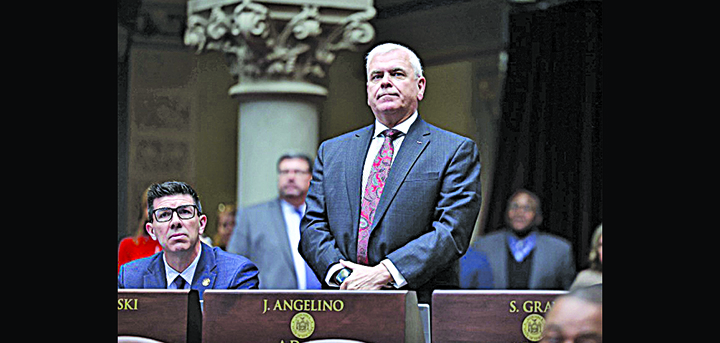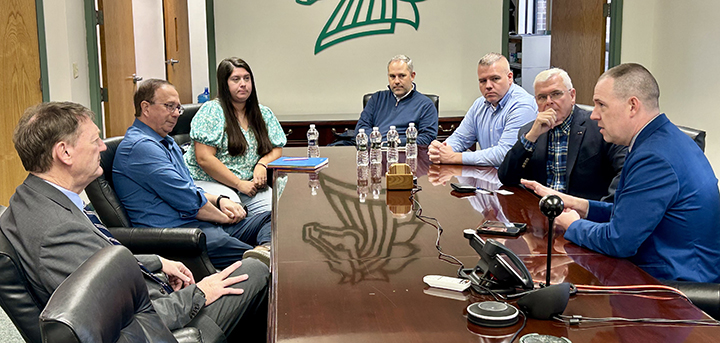Gas gathering: Discussion revolves around buried lines
NORWICH – The number of questions raised about natural gas gathering lines during a meeting of regional government officials in Norwich last week surprised an invited speaker from the New York State Public Service Commission.
PSC Deputy Director James Austin said he “had no idea there were this many concerns out there” regarding the smallest of buried pipelines. Austin spoke before the Chenango, Otsego, Delaware, Madison Regional Natural Gas Collaborative at the Chenango County Office Building Jan. 20.
New York State holds issues of environmental safety “very high” compared to other states, he said, before outlining a tiered system of gas line construction regulations that are meant to control and minimize soil, water and air impacts.
But the law, described within the PSC’s Article 7, requires oversight only on natural gas pipelines that are more than 124 Pounds per Square Inch of pressure and longer than 1,000 feet. The estimated 50 miles of infrastructure buried between wells in the towns of Smyrna, Preston and Plymouth, and future line planned for construction this summer in Coventry, are, for the most part, exempt from the agency’s oversight, he confirmed.
The group’s meetings are held monthly to arm government officials with the information they need to keep abreast of the natural gas exploration and production, either planned or already underway in the region. Norse Energy, Inc., Gastem, Inc. and other companies are actively leasing land in the four-county area for wells and pipeline easements, and testing, drilling, and even producing natural gas in some places.








Comments